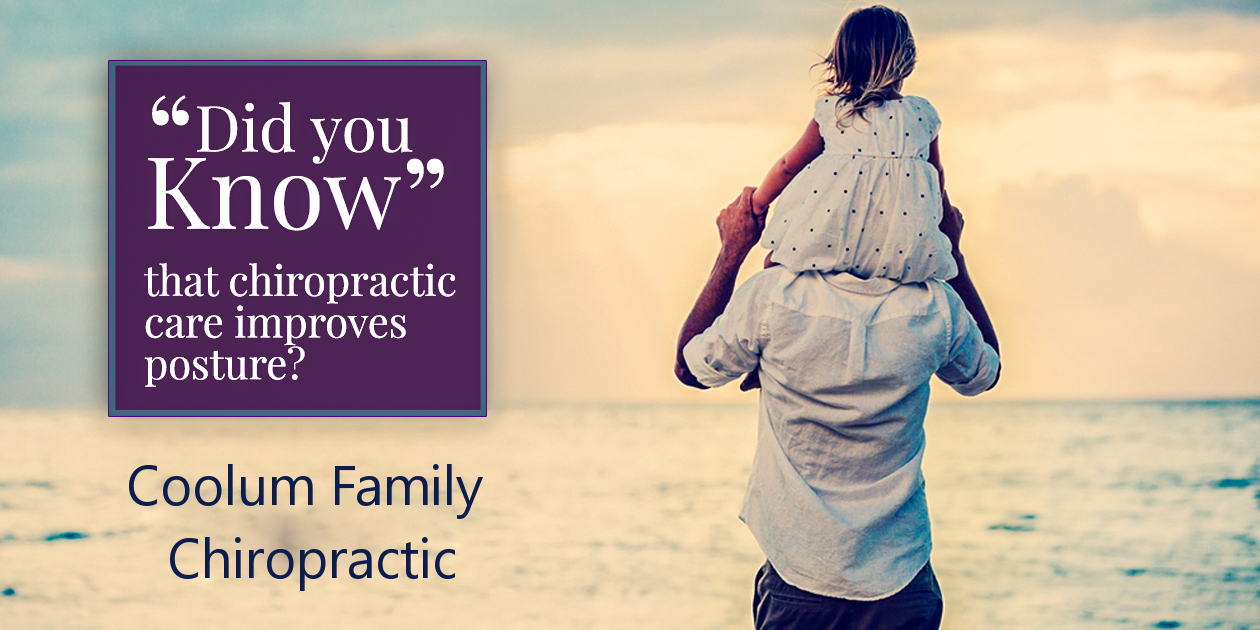Did you Know That Chiropractic Improves Posture?
Did you Know That Chiropractic Improves Posture?

Most people know that chiropractic is the most effective way of treating back pain (this has been scientifically proven!). But did you know that people see chiropractors for many different reasons?
Often it is for some sort of back or neck pain.
Many people also see their chiropractor to improve posture. By correcting spinal misalignments and subluxations which can distort and ‘hunch’ your spine, as well as getting you to perform some simple postural exercises, we can help you stand straighter and taller!
This is particularly important right now for our kids and the whole new generation of ‘screenagers’. We know that poor posture is a sign of poor spinal health and is thought to affect your overall health, so it has become critically important to achieve and maintain good posture.
According to researchers reporting in the American Journal of Pain Management, “Posture affects and moderates every physiological function from breathing to hormonal production. Spinal pain, headache, mood, blood pressure, pulse, and lung capacity are also among the functions influenced by posture. Posture especially influences respiration, oxygenation and sympathetic function. Ultimately, it appears that homeostasis and autonomic regulation are intimately connected with posture. It has been clinically observed that many symptoms, including pain, may be moderated or eliminated by improved posture.”
We’d like to add however that good posture is much more than remembering to sit up straight, don’t hunch, hold your head up and other ways of holding ourselves. Most of our posture is unconscious and is the result of how we deal with our relationship to gravity, stress, our emotions, and fatigue.
Because of that it is important for children (as well as adults) to have a chiropractic checkup to ensure that they grow up in balance and alignment.
Don’t forget to get your whole family’s posture checked!
(Lennon J, Sheeley CN, Cady RK et al. Postural and respiratory modulation of autonomic function, pain, and health. American Journal of Pain Management. 1994;4:36-39.)